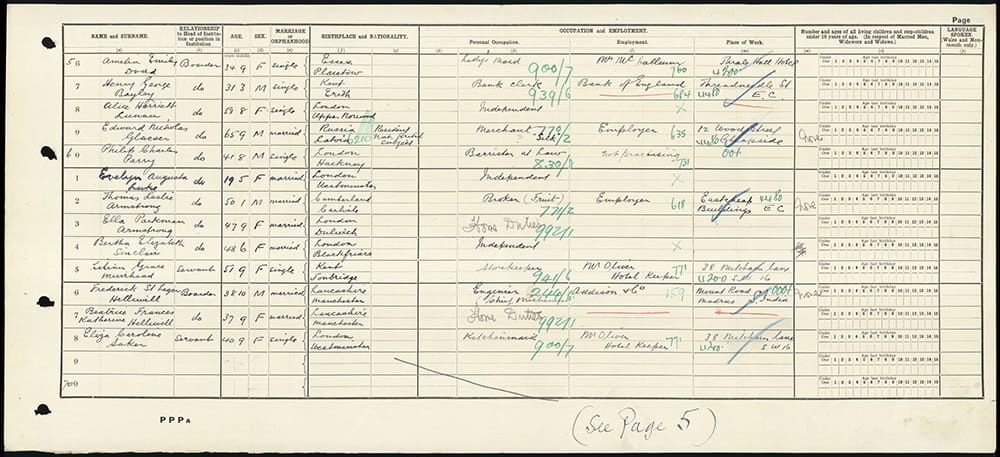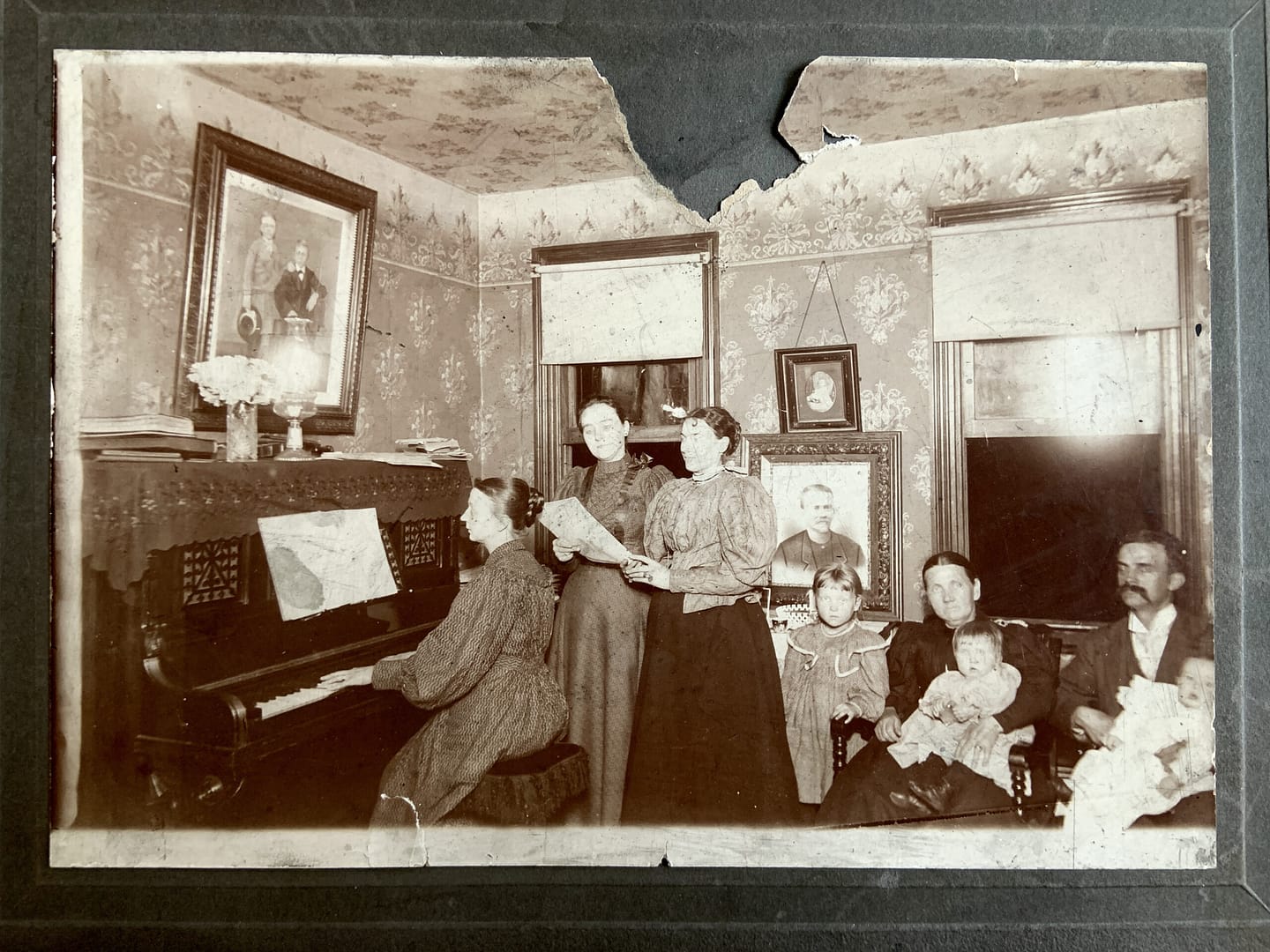Learning objective
- To compare how people remember past events and people.
Success criteria
- I can describe different ways to mark remembrance.
- I
This content is for subscribers only. Join for access today.
National curriculum
History
Pupils should be taught about:
This content is for subscribers only. Join for access today.
Cross-curricular links
Art and design
The national curriculum
This content is for subscribers only. Join for access today.
Before the lesson
This content is for subscribers only. Join for access today.
Lesson plan
Recap and recall
Display the Presentation: Gimme five!
This content is for subscribers only. Join for access today.
Extended-mode explainer videos
How to extend your display to view the lesson page and preseantion mode simultaneously. Choose your operating system below to watch the video
If you need further support with extending your display,
please contact [email protected].
Extended-mode explainer video: For Mac
Extended-mode explainer video: For Windows
Adaptive teaching
Pupils needing extra support
Could use slide 3 from Presentation: How do we remember? for visual prompts; could use an audio playback device to orally record their display captions instead of writing them in the Main event; should use the Knowledge organiser for vocabulary support.
Pupils working at greater depth
Could explain their choices in their Remembrance Day exhibition; could discuss the following questions as they explore historians’ quotes in the Wrapping up: Why should we trust historians’ views? Do we have to agree with every historian’s viewpoint?
This content is for subscribers only. Join for access today.
Assessing progress and understanding
Pupils with secure understanding indicated by: describing different ways people
This content is for subscribers only. Join for access today.
Vocabulary definitions
-
cenotaph
A special monument built to remember people who died in a war but are buried somewhere else.
-
historian
Someone who studies or writes about history.
This content is for subscribers only. Join for access today.
In this unit
Assessment - History Y6: The census and local areas
Lesson 1: What is the census?
Lesson 2: What can we learn about Victorian children from the census?
Lesson 3: What does the census suggest about the jobs available in the 1800s?
Lesson 4: Why did some women refuse to fill out the census in 1911?
Lesson 5: What changed in the 1921 Census?
Lesson 6: Who lived in our local area in the past?
Optional Remembrance lesson: How do people mark Remembrance?




